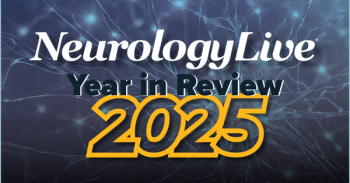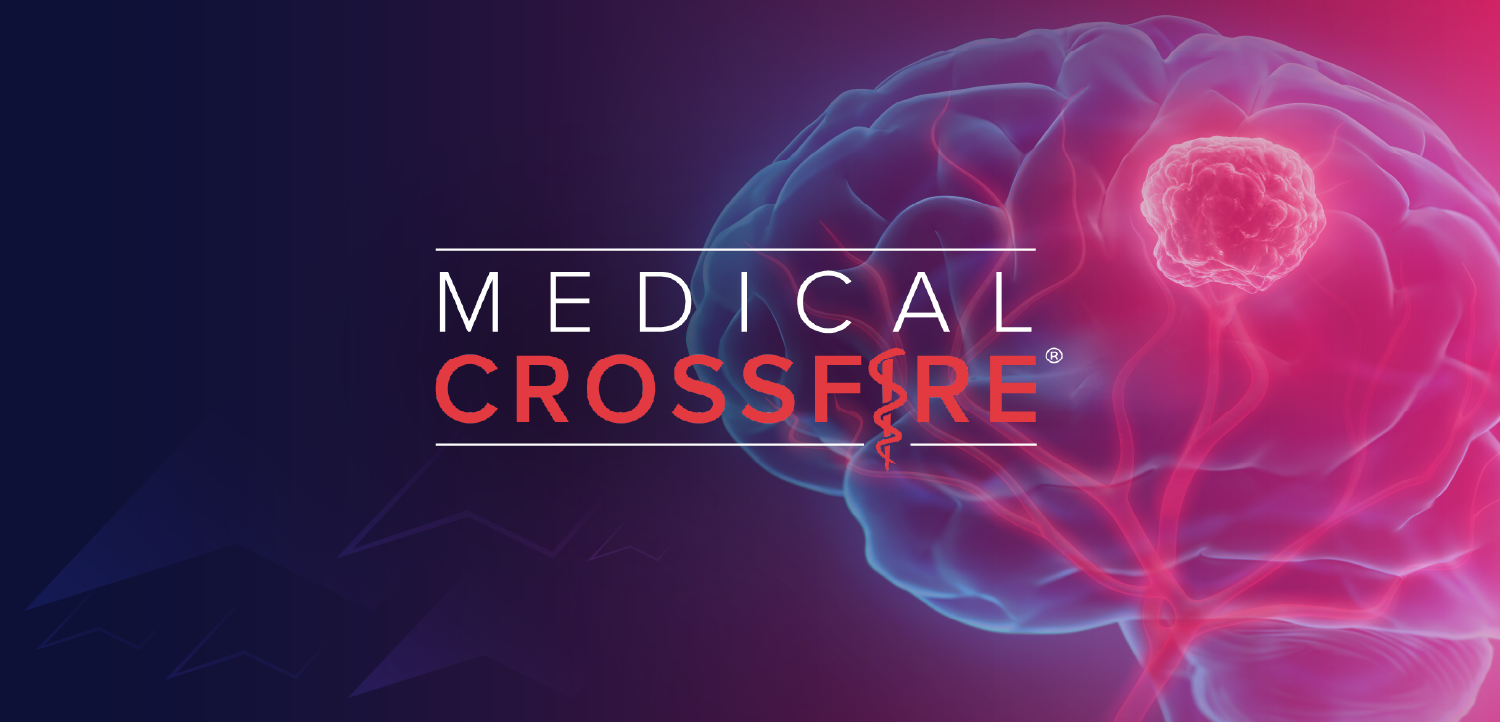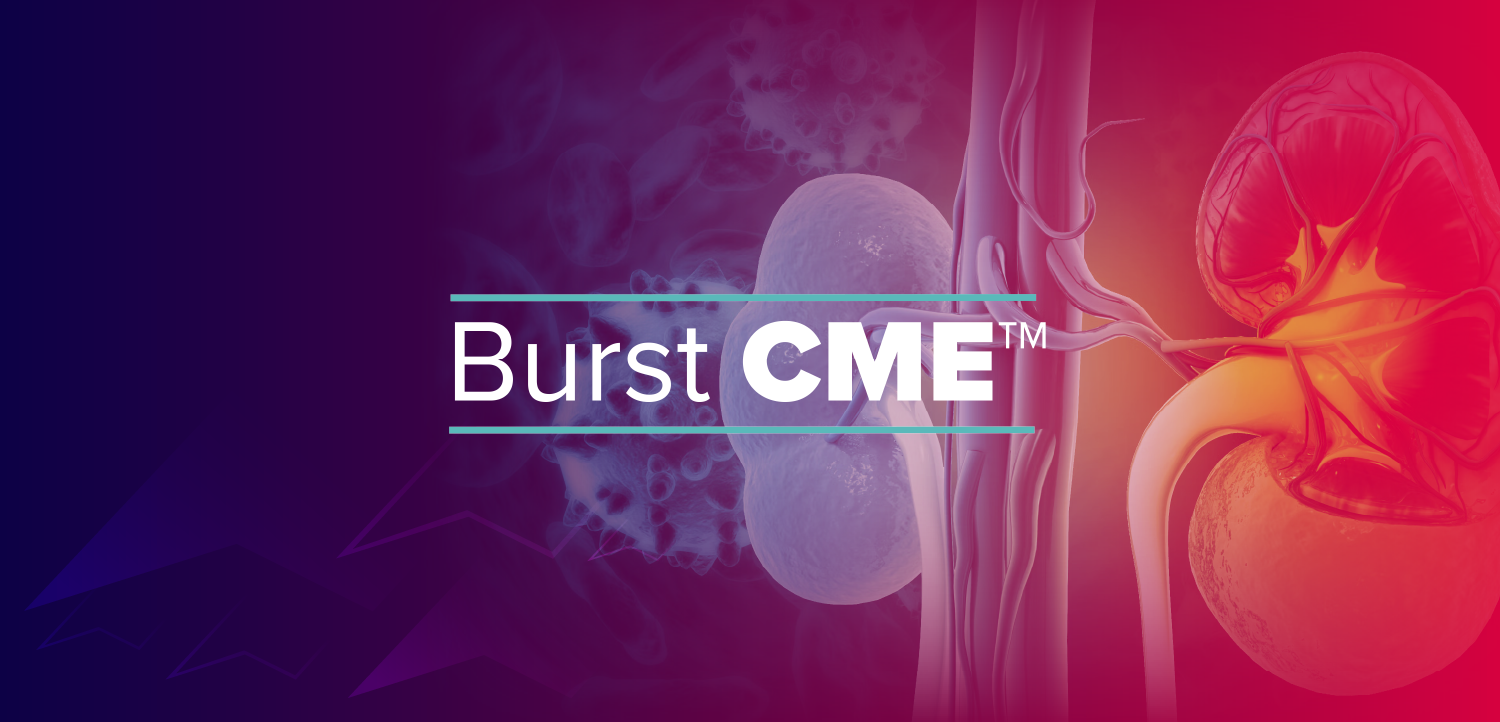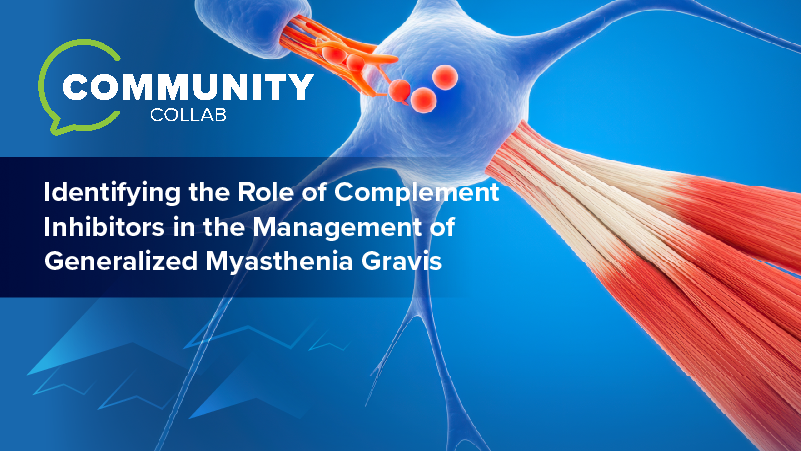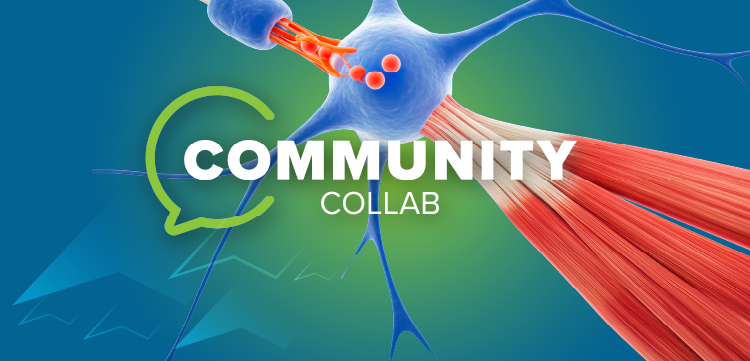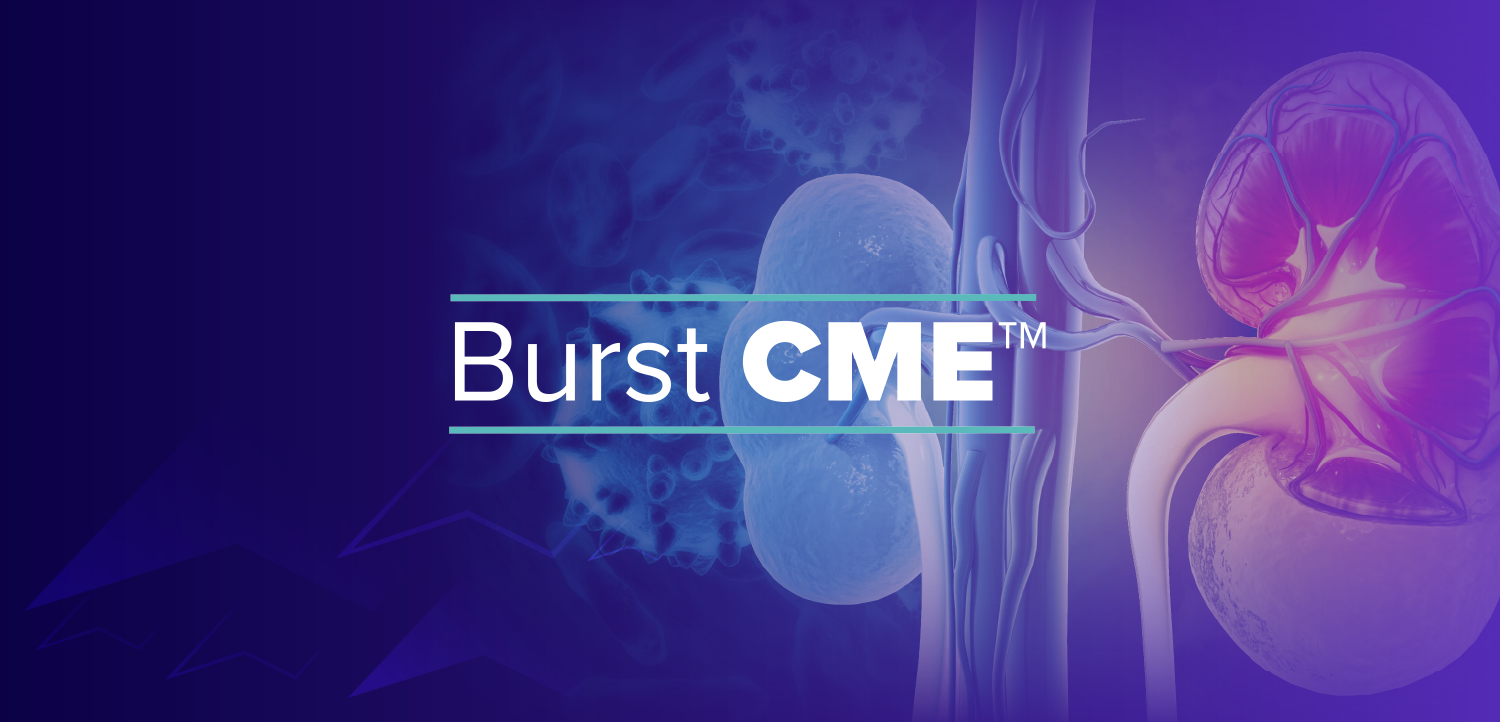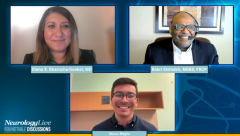
Starting Treatment in SMA: What Clinicians Need to Consider

In this episode, neurologists unpack the urgent and complex treatment decisions in newly diagnosed SMA, highlighting clinical factors, family input, and the importance of shared decision-making.
Episodes in this series

Spinal muscular atrophy (SMA) is an autosomal recessive disorder caused by mutations in both copies of the SMN1 gene on chromosome 5q, occurring in about 1 in 15,000 live births. In the U.S., carrier rates vary by ethnicity, from 1 in 47 among White individuals to 1 in 72 among African Americans, with detection rates of 94.8% and 70.5%, respectively. SMA leads to the dysfunction and irreversible loss of alpha motor neurons in the spinal cord and brainstem, resulting in progressive muscle weakness and atrophy.
Earlier this year, Cure SMA, an advocacy group dedicated to advancing the care of patients with SMA, put out a new best practices guideline on decision-making between healthcare providers (HCP) and patients and caregivers in North American and Western Europe. To better translate the latest updates, NeurologyLive® convened study authors Diana Bharucha-Goebel, MD, a clinical neurophysiologist at Children’s National, and Bakri Elsheikh, MBBS, FRCP, a professor of neurology at The Ohio State University Wexner Medical Center.
In episode 2, Bharucha-Goebel and Elsheikh explore the multifaceted decision-making process when starting treatment for newly diagnosed patients with SMA. They discussed the urgency of early intervention, particularly in infants, the importance of SMN2 copy number, and the need to explain genetics, treatment options, and safety considerations to families. The conversation emphasizes the evolving nature of SMA classification and the central role of shared decision-making between clinicians, patients, and caregivers.
Transcript edited for clarity. To visit the 2025 Cure SMA Update in Best Practices,
Marco Meglio: What should clinicians consider when determining whether to start treatment in a newly diagnosed patient with SMA?
Diana Bharucha-Goebel, MD: I think there are different perspectives, so I’ll start from the pediatric side, especially in the context of newborn screening. Often, families come in with a seemingly healthy newborn who has just been diagnosed, and they may have never heard of SMA. Suddenly, they’re faced with fears about the future, their child’s health, motor development, and the need to make major treatment decisions quickly. One key point from the care considerations document is the importance of urgency, particularly when we look at factors like age and SMN2 copy number. While we see urgency across the board, it’s especially critical for babies with two copies of SMN2.
These are complex, nuanced conversations. Clinicians need to explain what SMA is, how the baby inherited it, and the available treatment options—the pros and cons, how they’re administered, side effects, and what can be started fastest, depending on logistics, insurance, or institutional factors. We also need to discuss what monitoring will look like, including developmental outcomes, respiratory function, and feeding. Often, these conversations happen over multiple visits to give families the time they need to absorb everything, reflect, and make informed decisions. That’s why this consensus work was so valuable—it helped shape how we approach these conversations and guide families and clinical teams toward shared decisions about which therapy to start and how quickly.
Bakri Elsheikh, MBBS, FRCP: I completely agree. To underscore Diana’s points, rapid treatment initiation is critical, especially in pediatric patients. We know SMA is a progressive disease, with irreversible motor neuron loss beginning even before symptoms appear. Data show dramatic improvement with early treatment—the earlier, the better. That’s why treatment is treated as an emergency in this population, because delays can lead to worse functional outcomes. While the urgency may be less in adult patients, SMA is still progressive regardless of type or age.
I also want to highlight how the way we classify SMA is changing. Because these new treatments are modifying the disease’s natural history, our older classifications—based on age of symptom onset and maximum motor function—no longer capture the full picture. We now see significant phenotype changes with disease-modifying therapies.
Diana Bharucha-Goebel, MD: Clinically, when I think about choosing which therapy to start, I also look at factors like administration route, side effects, baseline symptoms, and lab results. For older individuals, we might consider things like scoliosis, which can affect whether an intrathecal or oral option is more appropriate. We also take into account how often the treatment needs to be given, as well as the family’s or patient’s preferences. It’s a multilayered decision that combines clinical safety, logistics, and shared decision-making.
Bakri Elsheikh, MBBS, FRCP: I love how Diana keeps emphasizing the family—that’s really key. One of the big points that came out of this document is that caregiver and patient input, combined with the clinician’s expertise, is central to care. Shared decision-making is at the heart of it all.
Newsletter
Keep your finger on the pulse of neurology—subscribe to NeurologyLive for expert interviews, new data, and breakthrough treatment updates.


